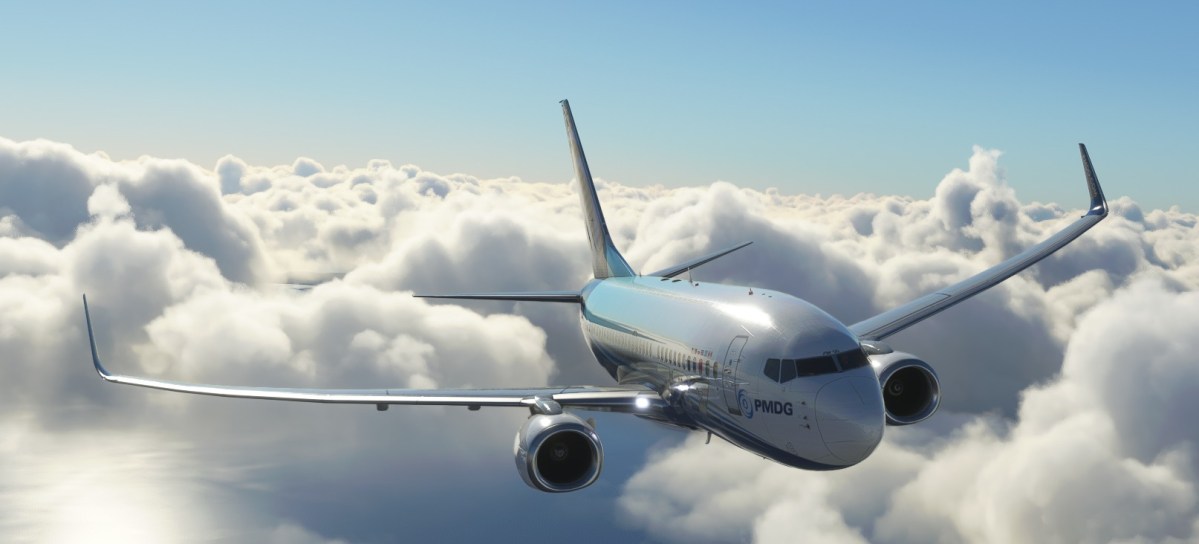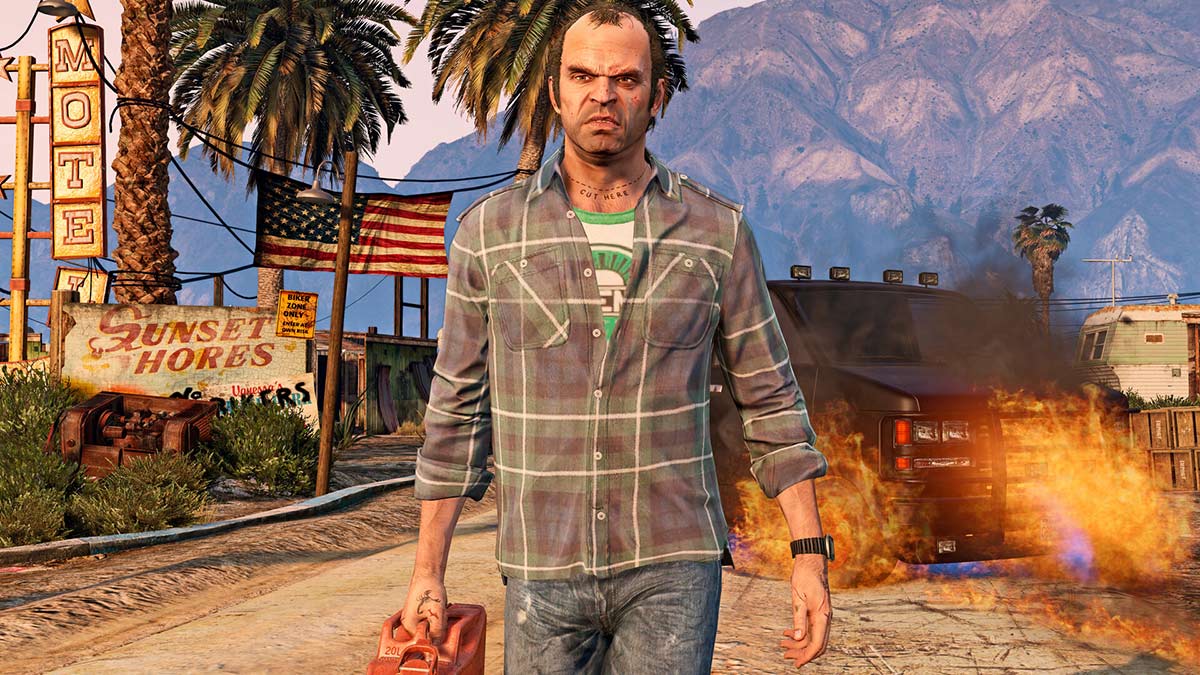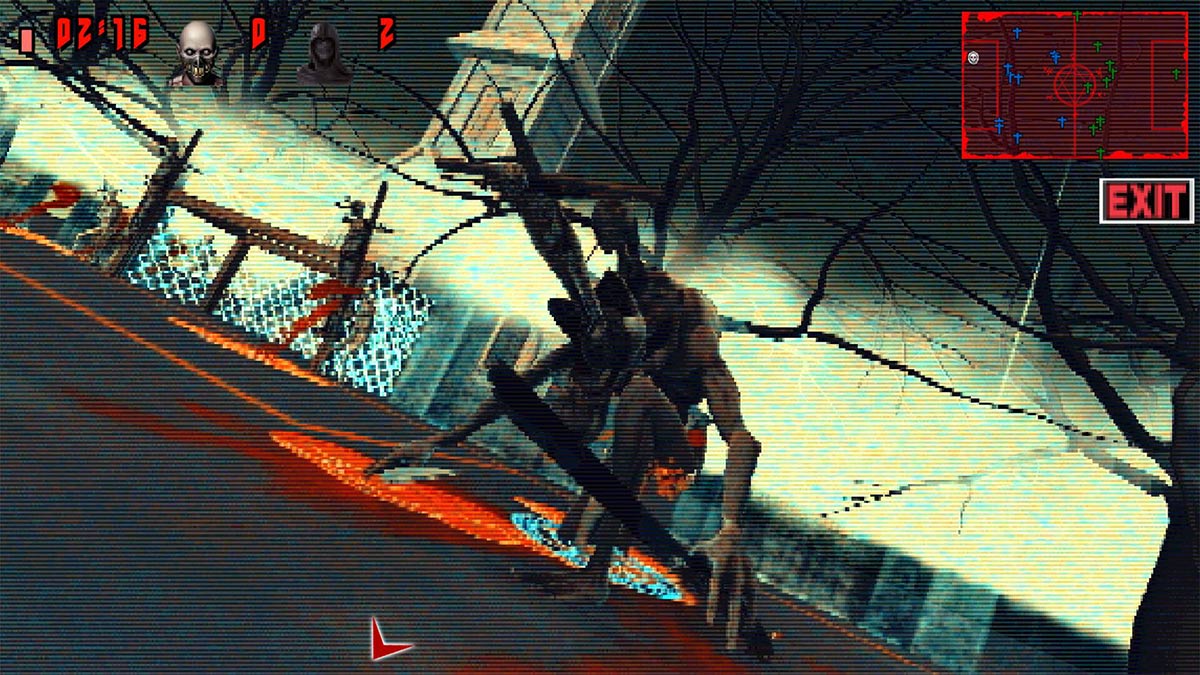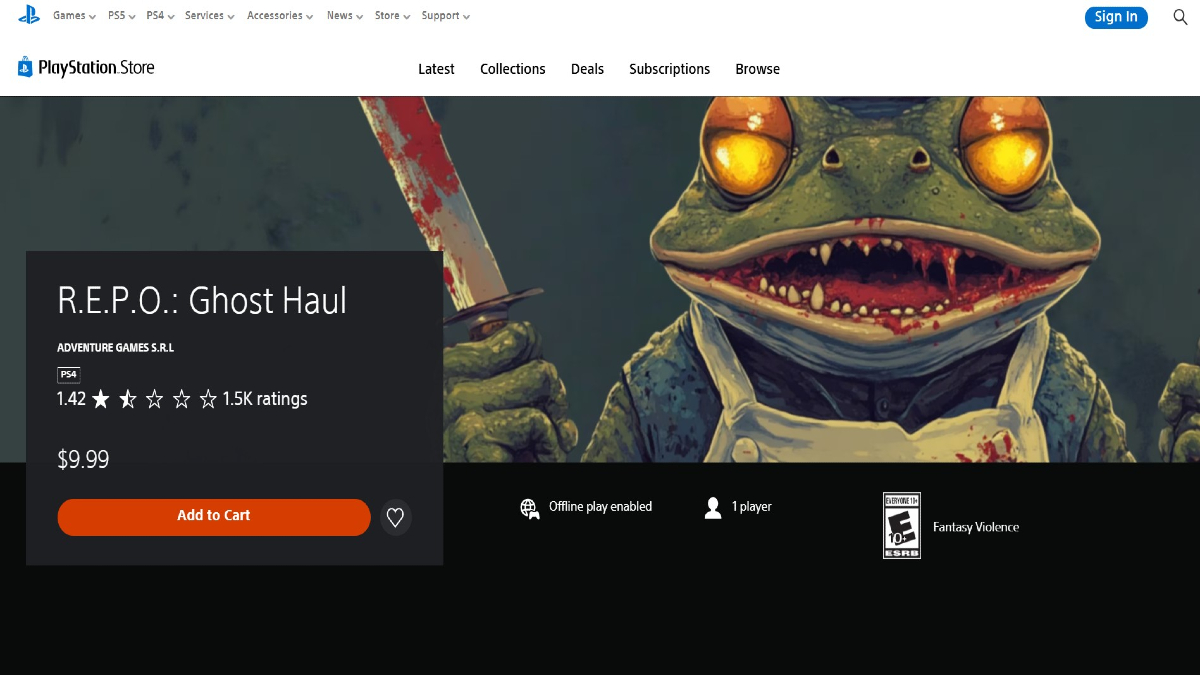Today popular third-party developer PMDG provided new details about its upcoming 737, on top of a few screenshots, and a clarification.
The screenshots are the same featuring the cockpit that were showcased in yesterday’s livestream, but today we get to see a clean version, while CEO Robert Randazzo provided an extensive description of what we’re seeing and how it has been achieved.
“So let’s start out with a sample view of the overhead panel. Throughout the cockpit, existing PMDG customers will note a tremendous improvement in the overall model quality and level of detail. The tremendous capabilities of the lighting model in MSFS really allow us to improve the total visual quality of the simulation in a way that simply couldn’t be supported on previous platforms.
If you look at the engine and APU generator lights for example, and the associated bus indicator lights, you can almost feel the surface scaling of the indicators through which the illuminated text will show when the indicator is powered. The reflectivity and light reflection off the chrome switches just “looks right” in ways we have struggled to achieve prior to bringing the 737 to the MSFS platform.
This next image, I spent some time trying to describe to Fabio: You can see how the volume/selector switches on the audio control panel are made of multiple material types, with the top-most layer containing a light emitter. The dramatically increased texturing and texture definition capabilities of MSFS allow us to capture the subtleties of these surfaces in a way that was never previously possible for us- and it makes the model really appear true-to-life to your eye.
If you look up toward the top of the image, you can see some subtle changes in the way reflection is handled off the glass of the #2 NAV radio. What this still image doesn’t show you is that as you move the viewpoint around, the reflectivity changes quite realistically- and this really increases the immersion and the sense of “being there.”
One of my favorite aspects of the new sim platform is the ability we have to model plastics, and the way in which light moves through them. You can see this put on display here by looking at the green cargo fire bottle squib indicator lamps in the top left of this image. Those green hard plastic lenses fit over the top of the lamp housing, and the light is projected through the plastic lens. The end result is incredible real-to-life.
Next up is the same general area of the cockpit, but this time at night with the panel backlighting on display. Flood, wash and dome lighting is all fully variable, along with the panel backlighting. The flexible grimes lights and reading lights are also available for your use if you like to add a bit more lighting to your night flying.
We are still working through some of the backlighting in this image, and we haven’t finished dialing in all of the parameters in some of the lighting. In this example, the parking brake light is giving us a bit too much flood lighting and causing some aspects of the panel to wash out a bit more than is appropriate. The tuning and balancing of these properties involves spending a bit of time with the parts manual and then pulling the technical specifications for the bulbs being used in various locations throughout the flight deck. This is tedious work at times, but it does really help get the lighting to look proper once it is dialed in.
Continuing our journey forward along the pedestal, and back in daylight, you can see the amount of detail that has gone into everything here from the trim wheel to the flap handle track to the lenses on the fire handles. For airframes with the newer option style fuel control switches, you will have the option to turn those on with the touch of a button in our options pages. I have had the occasion to view this cockpit in VR and it really is something spectacular.
Lastly, an image of the main panel. Once again you get a really good feel for the improvement in visual quality that comes from the detail overhaul we have given the model, and the incredible capabilities that the simulator offers us with textures and lighting.
Don’t panic too much over some color inconsistencies and indication inaccuracies (a yellow VSI, for example) as these are “markers” we put in place for our own use during development to help us test behaviors and data transmission to and from the simulator. Normally we would just use a debugging tool to check on such things, but…. For now, we have to make our own fun ways of displaying data and information and these sorts of things are how we do it.
As you can see, we have just a magnificent airplane pending for you. We are still working through a few items that we haven’t fully implemented, such as the EFB, HUD, and Terrain map. I’ll share images of those as we get them to a point where we think they are ready for you to see. We are cultivating our list of “risk technologies” that is comprised of items that we know won’t work upon release due to technical limitations of the simulator (weather radar, for example) and items that will take some engineering work in order to bring them over from Prepar3D. We aren’t sharing the entire list at this juncture because it is dynamic and some aspects of it have unknown qualities of both the known and unknown variety- and I want to refrain from setting expectations incorrectly while we tidy things up.”
Randazzo also provided a clarification about the development situation of the 737 for those who he defines “drama llamas.”
“Yesterday, I announced that we have decided not to release the 737 according to our most recently communicated timeline. I also announced that we are not projecting a release date for the 737 because we need input and discussion with Asobo in order to ascertain which, if any, of a series of important requests we have made will be acted upon, and when those items might come to us for testing and then also land on customer machines.
This has caused some users to begin pulling out hair and gnashing teeth, decrying that we have “stopped development on MSFS products” which is not actually true. This untruth has caused another group of users to howl that “since we are not developing for MSFS” we should <insert that poster’s favorite item here,>
I would like to invite everyone involved to take a deep breath, stretch, wiggle your fingers and toes, and please accept my assurance that we have NOT stopped development on the PMDG 737 for MSFS. Quite to the contrary, we have shifted development resources into the project in order to try and improve development speed in spite of not having appropriate debugging tools for the platform.
Additionally- some folks have tried very hard to twist these misinterpretations into some imaginary, cataclysmic battle pitting PMDG vs. Asobo for reasons that are never quite clear to us. That is also not a true statement and can be put to rest.
To clarify the point that I think fuels this (intentional?) misinterpretation: We have stumbled into some items that cause us to feel the 737 cannot release without some platform input from Asobo. These items have been communicated to Asobo. Unsurprisingly, Asobo has a highly complex, very busy development agenda and has not provided us with feedback on which items are actionable by them, which are not, and when the actionable items might arrive on user machines. Until we have better clarity on this, it is not possible for us to set a release date for the product with certainty- and thus we are refraining from doing so.
The moment we have some clarity- we can get back to setting timelines and when we can do that- we will communicate with you our updated release expectations for the 737.
I can assure you- we hope it is soon because we didn’t build this thing just for us to sit here and stare at it.”






Recently, we published our latest interview with head of Microsoft Flight Simulator Jorg Neumann and we heard more about Microsoft’s plans for the next few months, including World Update Australia.
If you’d like to read more about Microsoft Flight Simulator add-ons, you can enjoy our recent reviews of Auckland International Airport, Skiathos Airport, Athens International Airport, Bergamo Orio al Serio Airport, Amami Airport, Bristol Airport, Marrakech Menara Airport, Great Britain Central, Tehran Imam Khomeini Airport, Moscow Sheremetyevo Airport, Shanghai Pudong Airport, Kraków Airport, Fukuoka City & Airport, Fort Lauderdale Airport, Chongqing City & Airport, Manila Airport, Santiago Airport, the Frankfurt City Pack, Key West Airport, the Okavango Delta, Bali Airport, London Oxford Airport, Berlin Brandenburg Airport, the CRJ 550/700, the PA-28R Arrow III, Kristiansand Airport, Macau City & Airport, Bonaire Flamingo Airport, Milano Linate Airport, the Singapore City Pack, Tokyo Narita Airport, Yao Airport, the F-15 Eagle, the Paris City Pack, Greater Moncton Airport, Tweed New Haven Airport, Santorini Airport, Sydney Airport, Helsinki-Vantaa Airport, Reggio Calabria Airport, Bastia Poretta Airport, Munich Airport, Paris Orly Airport, Newcastle International Airport, Sankt Johann Airfield, Dublin International Airport, and Seoul City Wow. We also have a beta preview of Singapore Changi airport.
If you want to learn more about the game itself, you can read our review that will tell you everything you need to know about Asobo Studio’s game.
Microsoft Flight Simulator is already available for Windows 10 and Steam, and Xbox Series X|S.













Updated: Dec 9, 2021 02:35 pm